Ancient practices have shaped modern medicine in remarkable ways. Despite technological advances, many age-old techniques remain relevant today. From herbal remedies to acupuncture, these practices continue to offer benefits in contemporary healthcare. This article explores how these ancient methods are still utilized, showcasing their enduring value and effectiveness.
Acupuncture

Acupuncture, originating from ancient China, involves inserting thin needles into specific body points to alleviate pain and treat various health conditions. It is based on the concept of balancing the body’s vital energy, known as Qi. Modern studies suggest that acupuncture can stimulate the nervous system, release endorphins, and improve blood circulation, making it effective for chronic pain, migraines, and stress management.
Herbal Medicine
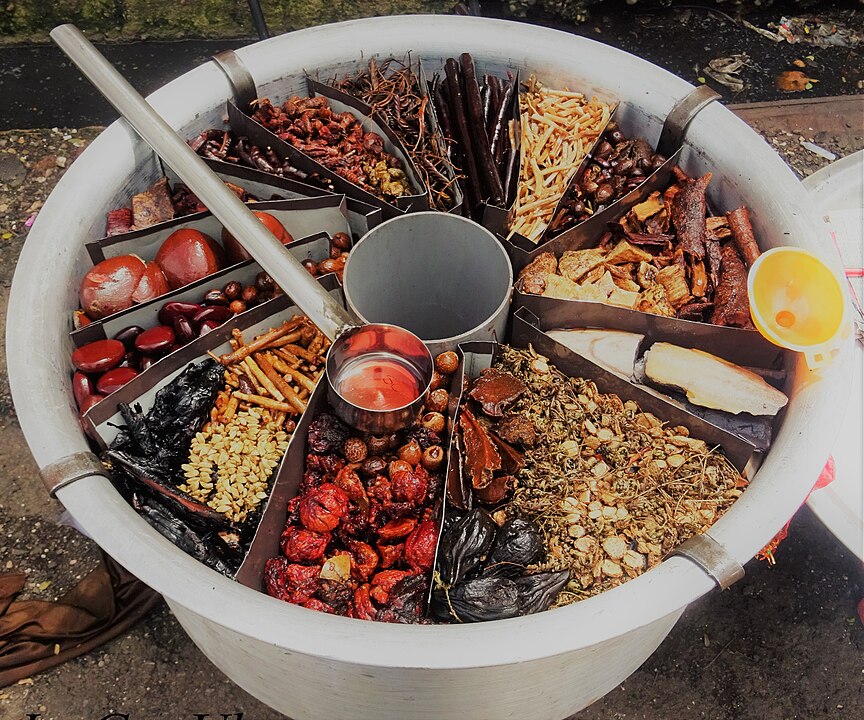
Herbal medicine, practiced in various ancient cultures, uses plant-based remedies to treat illnesses and promote health. Many modern pharmaceuticals are derived from herbs, such as aspirin from willow bark and digitalis from foxglove. Herbal medicine is still popular for managing conditions like anxiety, digestive issues, and inflammation, with evidence supporting the efficacy of herbs like turmeric, echinacea, and ginseng.
Meditation

Meditation, with roots in ancient Indian and Buddhist traditions, involves techniques to focus the mind and achieve a state of calm and awareness. It is widely used in modern medicine for stress reduction, mental health improvement, and overall well-being. Practices like mindfulness meditation are scientifically proven to lower cortisol levels, enhance emotional regulation, and reduce symptoms of anxiety and depression.
Cupping Therapy
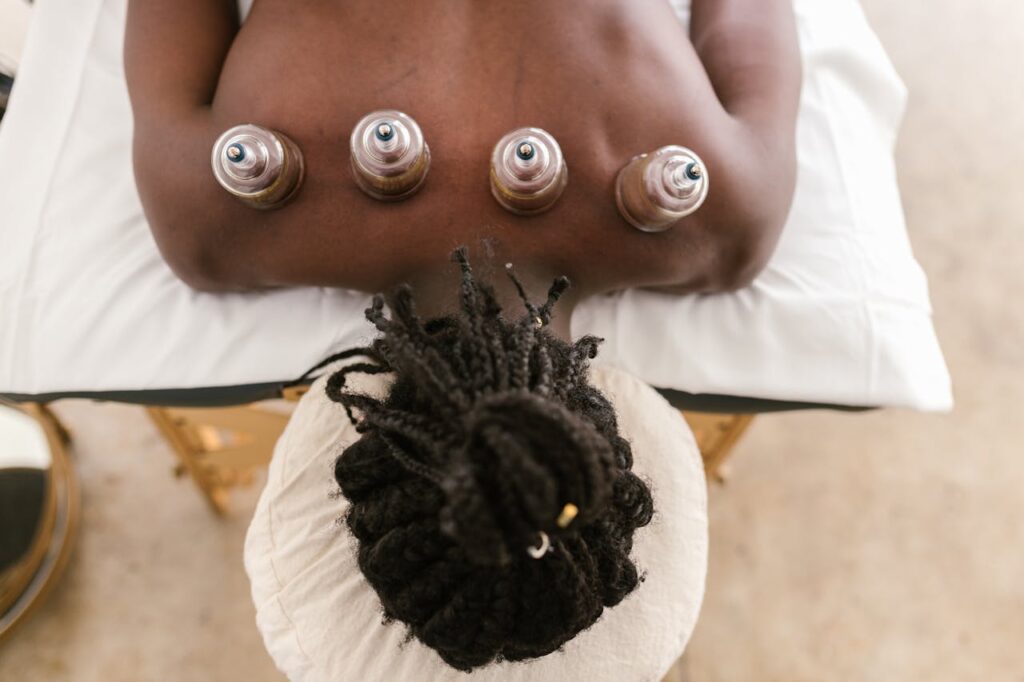
Cupping therapy, practiced in ancient Egypt and China, involves placing cups on the skin to create suction, believed to enhance blood flow and promote healing. It is used today in sports medicine and physical therapy to reduce muscle tension, improve circulation, and relieve pain. Athletes often use cupping to accelerate recovery and enhance performance.
Ayurveda
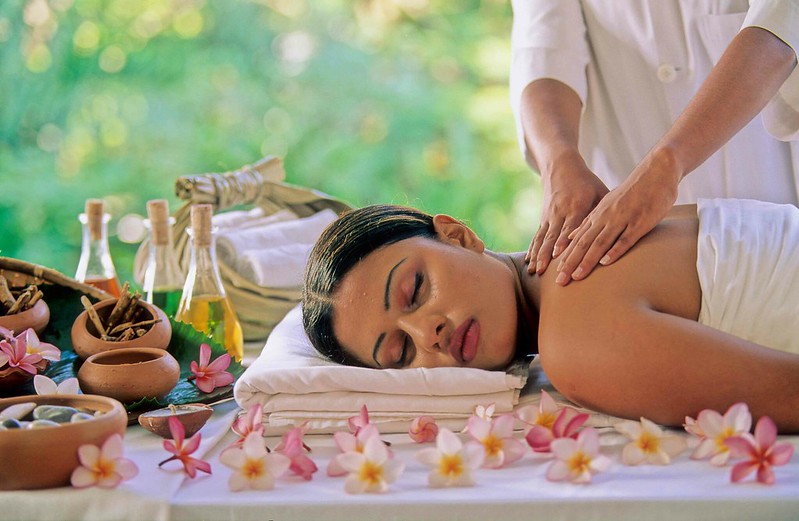
Ayurveda, an ancient Indian system of medicine, emphasizes balance in bodily systems through diet, herbal treatments, and yogic breathing. Ayurvedic principles are incorporated in modern wellness practices, focusing on holistic health, detoxification, and disease prevention. Ayurvedic herbs like ashwagandha and triphala are used for their adaptogenic and digestive properties.
Massage Therapy
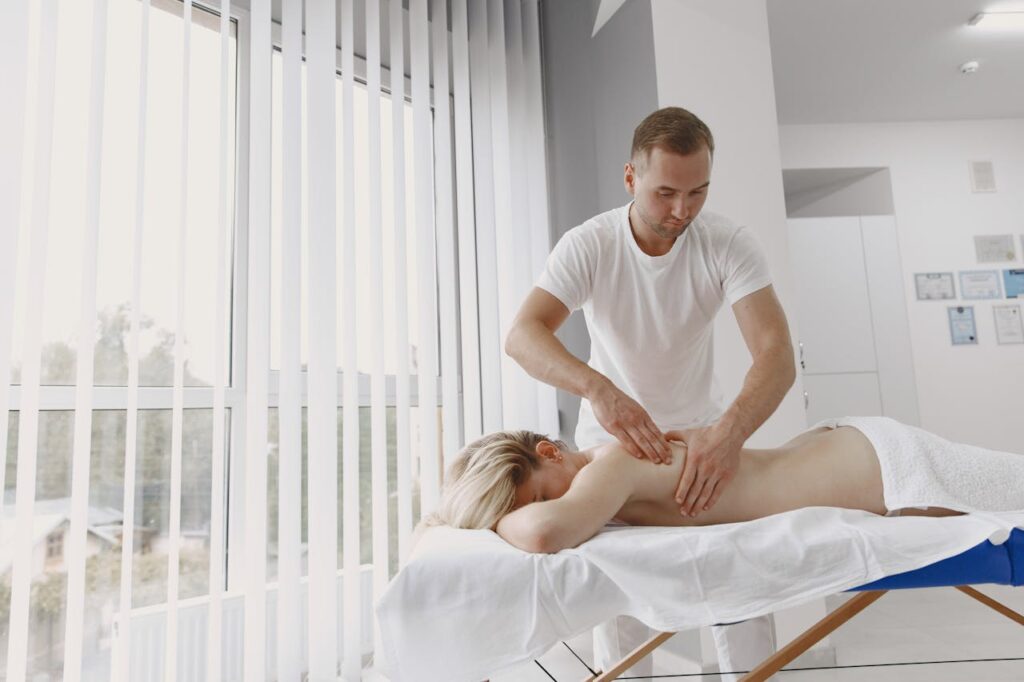
Massage therapy has been practiced since ancient times across various cultures, including Egypt, Greece, and China. It involves manipulating soft tissues to relieve pain, reduce stress, and improve circulation. Modern massage therapy is widely used in physical rehabilitation, sports medicine, and relaxation, with techniques like Swedish, deep tissue, and trigger point therapy providing diverse benefits.
Yoga
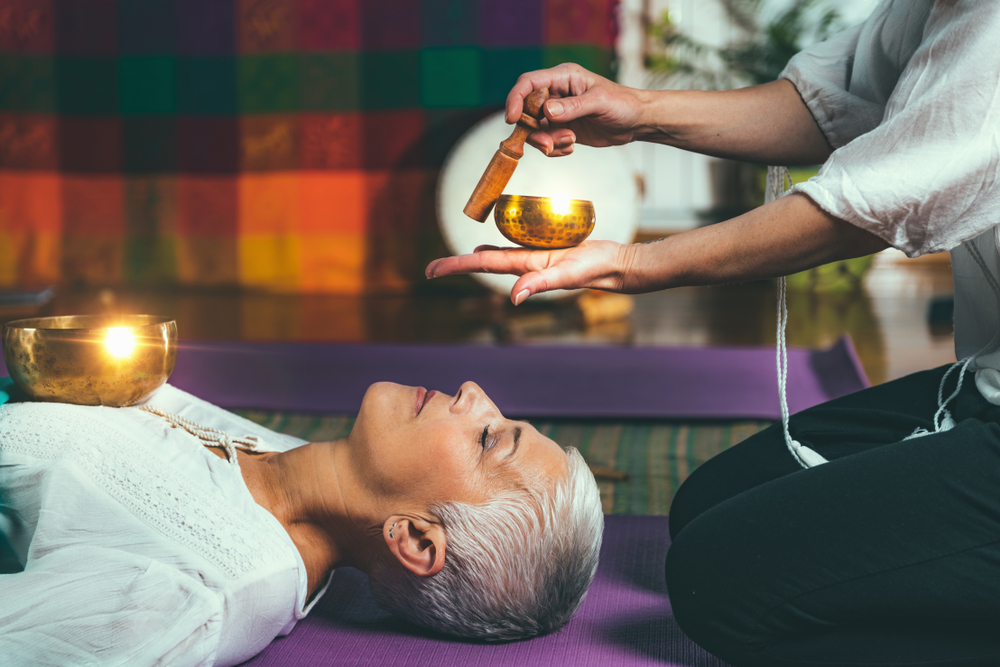
Yoga, originating from ancient India, combines physical postures, breathing exercises, and meditation to promote physical and mental well-being. It is used in modern medicine for stress reduction, flexibility, strength, and mental health. Yoga is beneficial for conditions like hypertension, anxiety, depression, and chronic pain, supported by extensive scientific research.
Aromatherapy
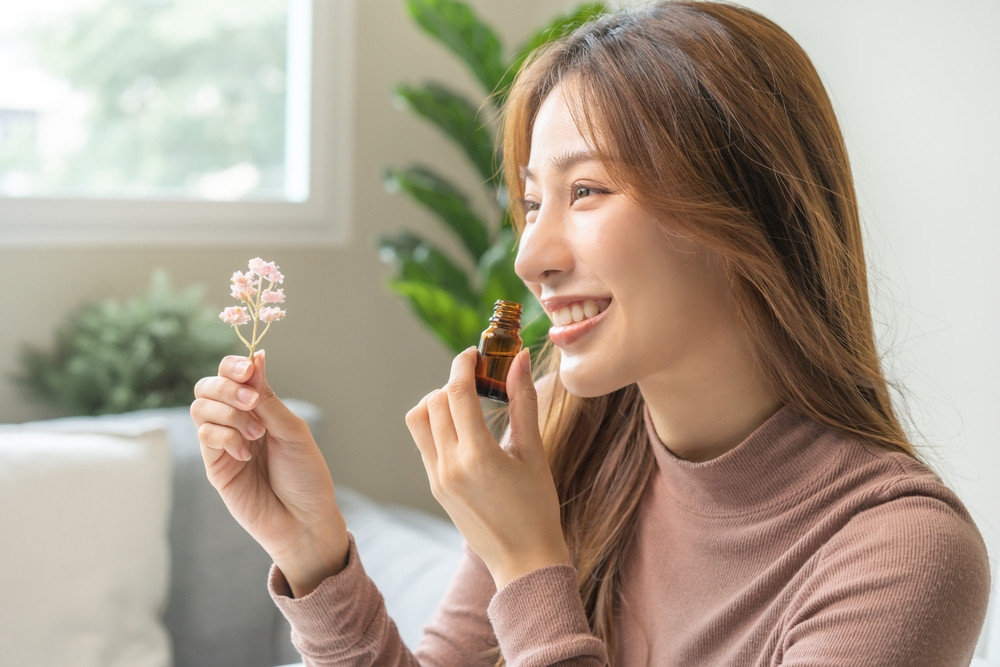
Aromatherapy, dating back to ancient Egypt and Greece, uses essential oils from plants for therapeutic purposes. In modern medicine, it is used to enhance psychological and physical well-being, often incorporated into treatments for stress, anxiety, and insomnia. Essential oils like lavender, peppermint, and eucalyptus are known for their calming, invigorating, and anti-inflammatory properties.
Hydrotherapy
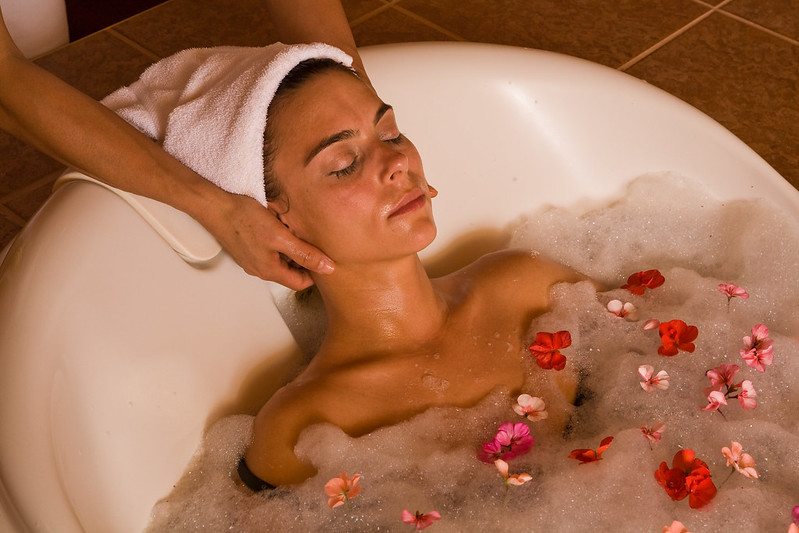
Hydrotherapy, practiced by ancient Greeks and Romans, involves using water for pain relief and treatment. Modern hydrotherapy includes practices like hot baths, steam rooms, and aquatic physical therapy, used for rehabilitation, relaxation, and improving circulation. It is effective for conditions like arthritis, muscle injuries, and stress-related disorders.
Leech Therapy
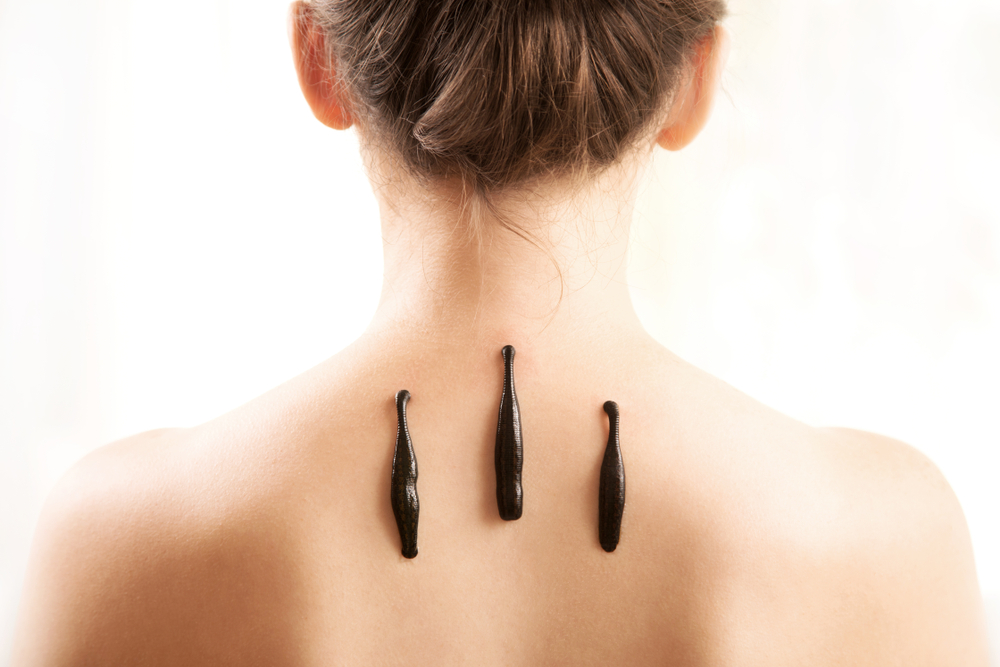
Leech therapy, used in ancient Egypt and Greece, involves using medicinal leeches to improve blood flow and treat venous diseases. It is still used in modern medicine, particularly in reconstructive surgery, to enhance blood circulation and prevent tissue necrosis. Leeches secrete anticoagulants and enzymes that promote healing and reduce blood clots.
Bone Setting
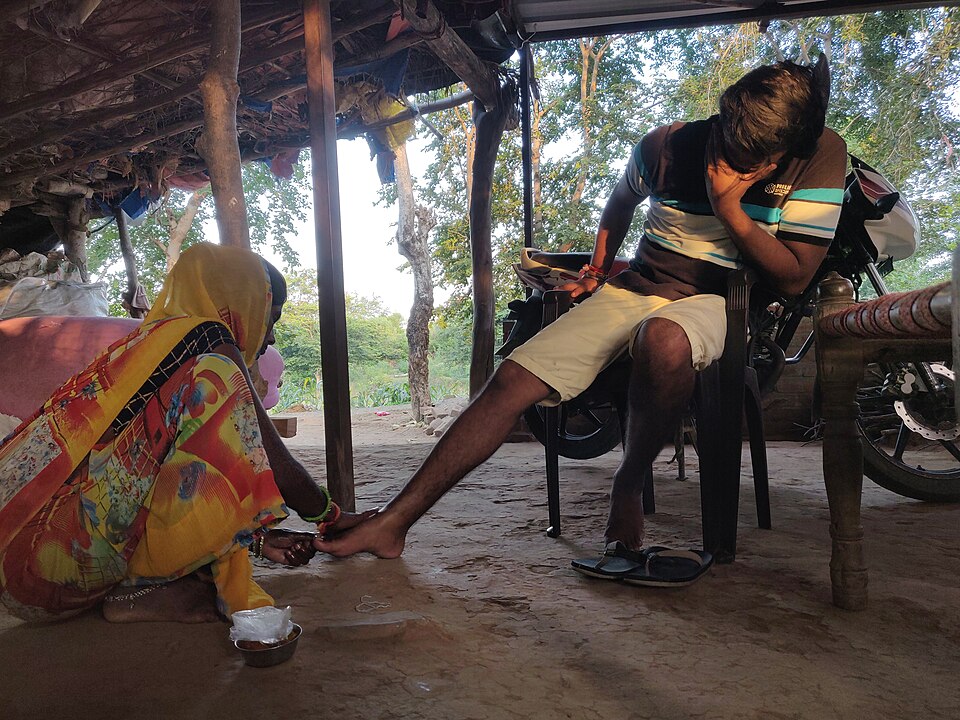
Bone setting, an ancient practice in many cultures, involves manipulating bones and joints to treat fractures and dislocations. Modern orthopedics has roots in these techniques, and traditional bone setters still practice in some regions. Modern bone setting is refined with advanced imaging and surgical techniques, ensuring precise and safe treatment of musculoskeletal injuries.
Trepanning
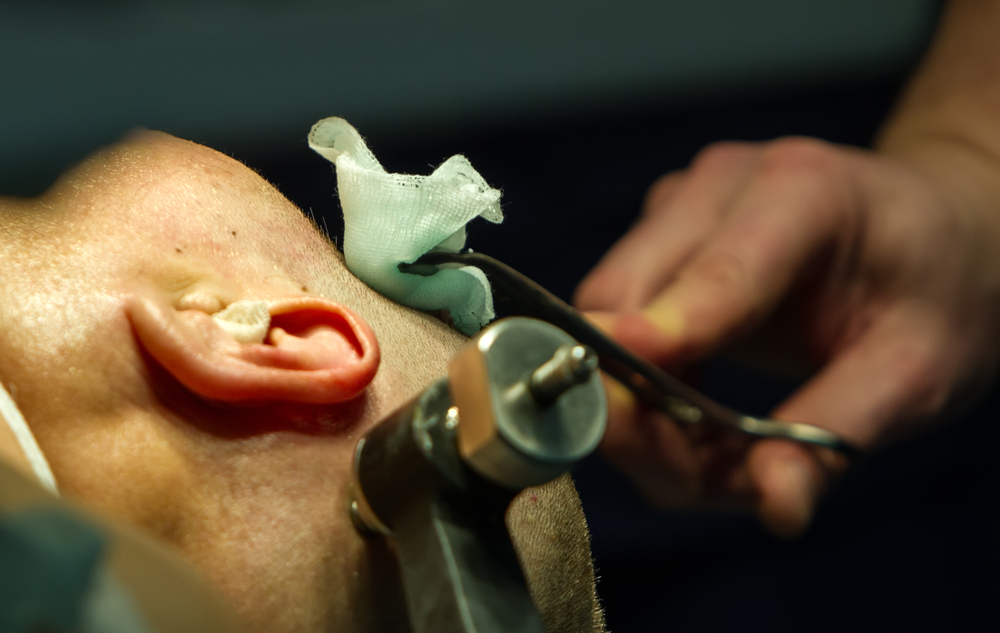
Trepanning, an ancient surgical intervention, involves drilling a hole into the skull to treat head injuries and neurological conditions. While the practice itself is rare today, it has influenced modern neurosurgery. Modern procedures like craniotomy are based on similar principles, performed with advanced tools and techniques to treat conditions like brain tumors and traumatic brain injuries.
Hirudotherapy
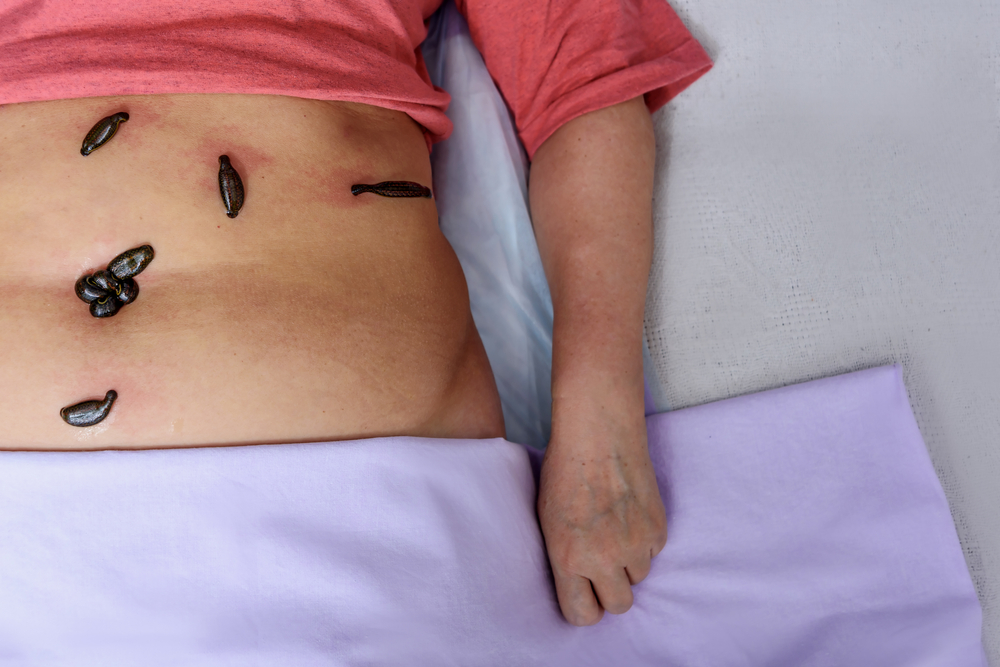
Hirudotherapy, or maggot therapy, dates back to ancient Egypt, using maggots to clean wounds and promote healing. It is still used in modern medicine for debridement, where sterile maggots consume dead tissue, reducing infection and promoting recovery. This method is effective for chronic wounds and ulcers, particularly in patients with diabetes and poor circulation.
Gua Sha
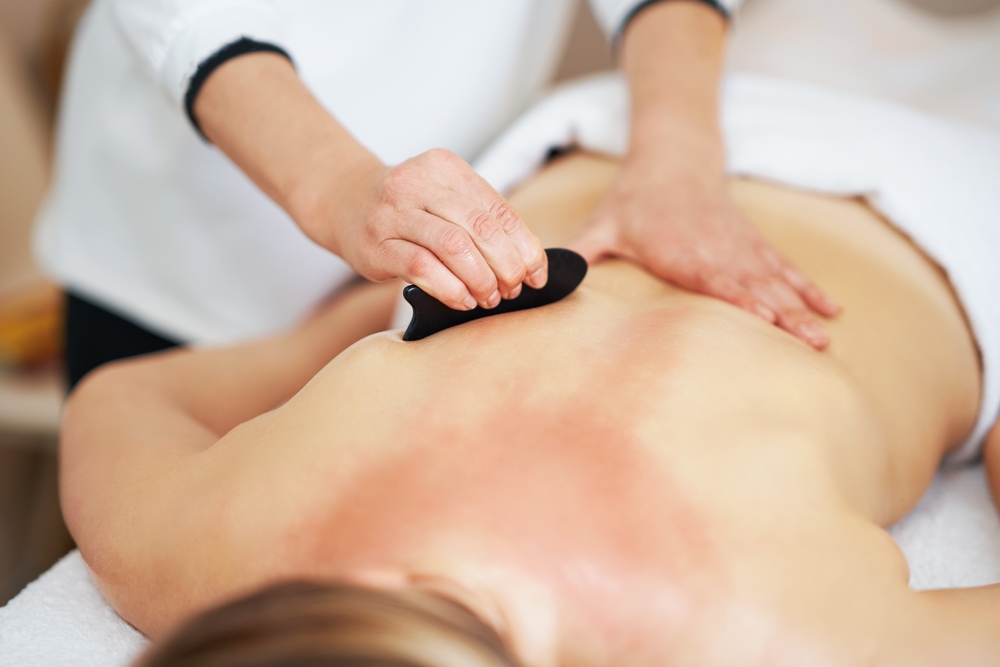
Gua Sha, an ancient Chinese healing technique, involves scraping the skin with a tool to improve circulation and reduce inflammation. It is used today in integrative medicine and physical therapy to treat musculoskeletal pain, enhance blood flow, and support the immune system. Gua Sha is believed to break up fascia adhesions and promote healing.
Chiropractic Care
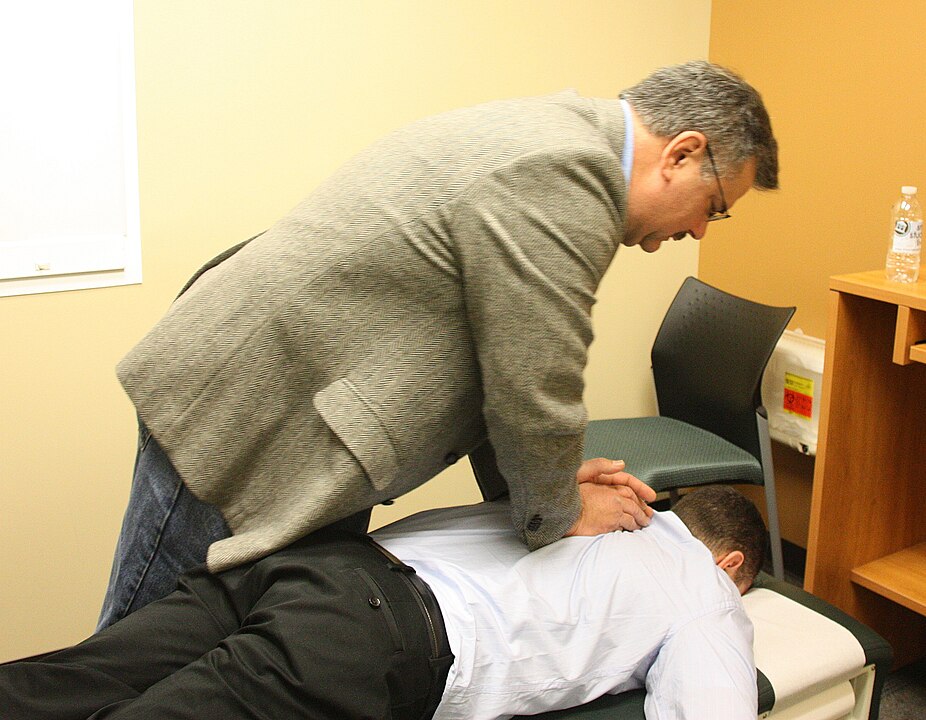
Chiropractic care, with roots in ancient Greek and Chinese medicine, focuses on diagnosing and treating mechanical disorders of the musculoskeletal system, particularly the spine. It is widely used today to treat back pain, neck pain, and headaches. Chiropractors use spinal adjustments and manual manipulation to restore joint function and support the nervous system.
Dietary Therapy

Dietary therapy, practiced in ancient China and India, emphasizes using food to promote health and treat disease. Modern nutrition science has embraced these principles, recognizing the role of diet in preventing and managing chronic conditions. Nutritional therapies include tailored diets for diabetes, cardiovascular health, and gastrointestinal disorders, emphasizing whole foods and balanced nutrition.
Moxibustion
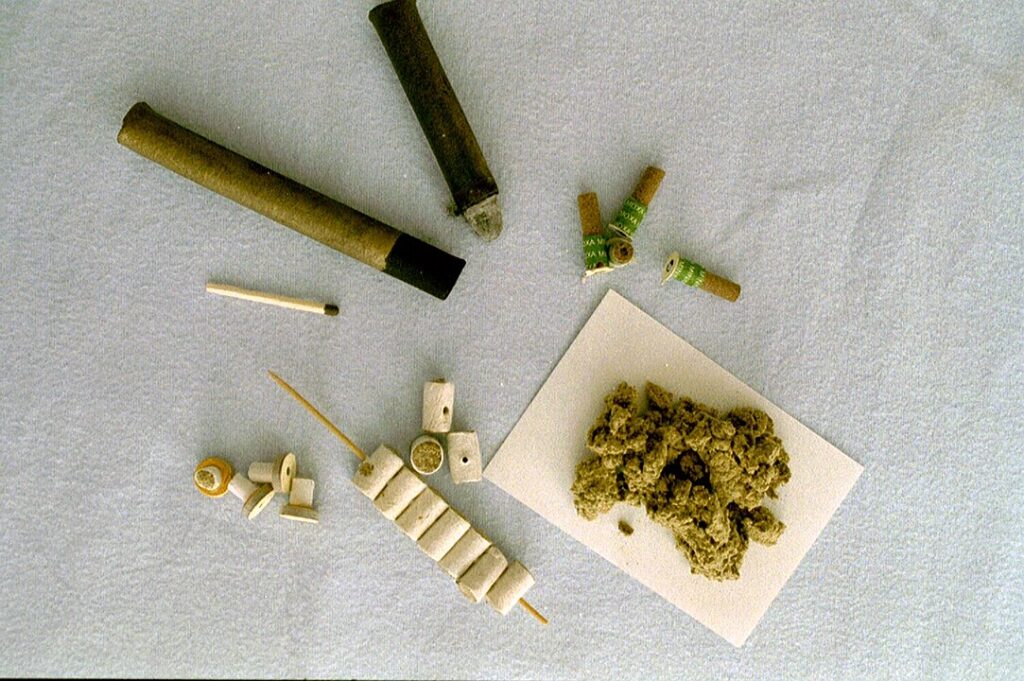
Moxibustion, an ancient Chinese therapy, involves burning dried mugwort on or near the skin to stimulate acupuncture points and promote healing. It is used in modern integrative medicine to enhance circulation, relieve pain, and support immune function. Moxibustion is believed to balance energy and treat conditions like arthritis, digestive disorders, and chronic fatigue.
Chelation Therapy
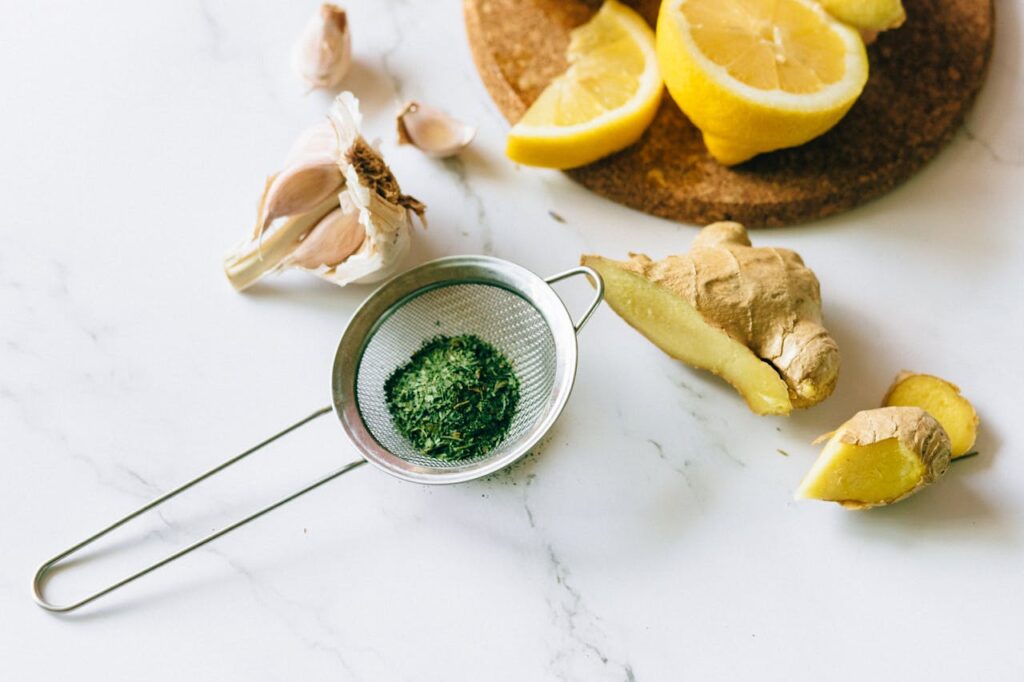
Chelation therapy, with origins in ancient Ayurvedic medicine, involves using agents to remove heavy metals from the body. It is used today to treat heavy metal poisoning and has been explored for cardiovascular health. Chelating agents like EDTA bind to metals like lead and mercury, facilitating their excretion and reducing toxicity.
Bloodletting
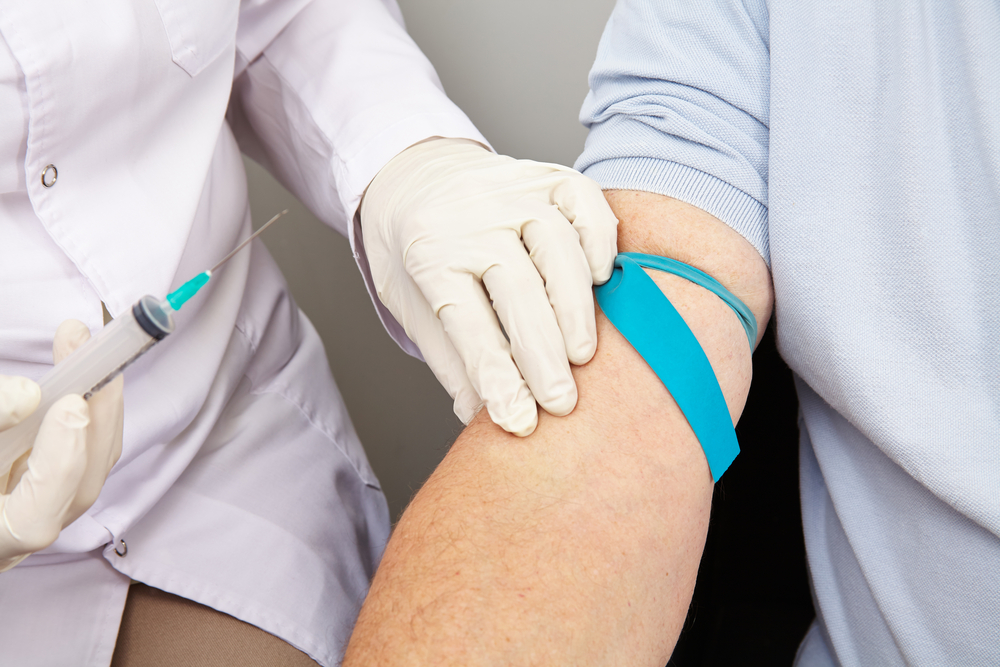
Bloodletting, practiced in ancient Greece and Rome, involves drawing blood to treat various ailments. While largely abandoned, it has evolved into modern therapeutic phlebotomy, used to treat conditions like hemochromatosis and polycythemia vera. In these cases, controlled blood removal helps reduce excess iron and red blood cells, preventing complications.
Traditional Midwifery
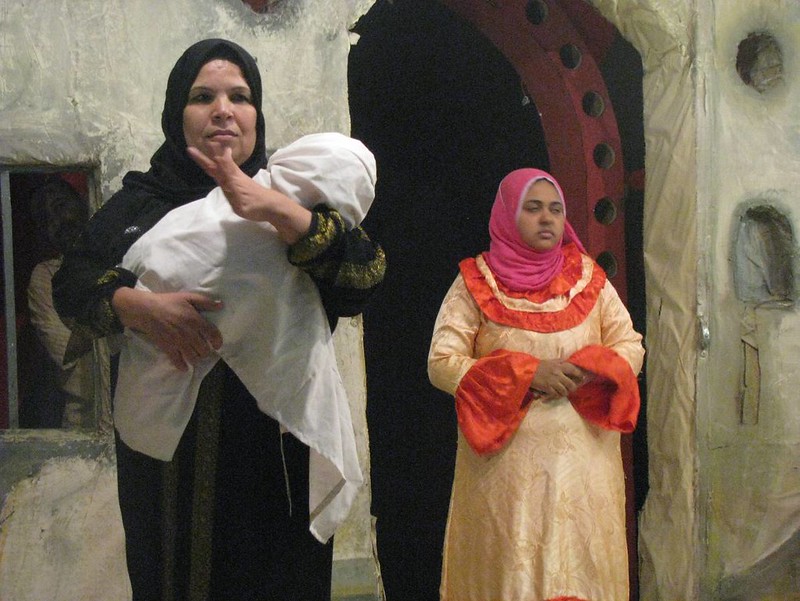
Traditional midwifery, with roots in ancient practices, focuses on natural childbirth and women’s health. Modern midwifery combines these ancient techniques with contemporary medical knowledge, emphasizing personalized care, natural birthing methods, and maternal well-being. Midwives play a crucial role in prenatal care, labor, delivery, and postpartum support, promoting safe and positive birth experiences.
This article originally appeared on UnifyCosmos.
More from UnifyCosmos
22 Strategies for Better Sleep Quality

In this article, we will explore various techniques to improve your sleep quality, helping you to wake up refreshed and ready to tackle the day. Read more!
20 Must-Know Grooming Tips for Modern Men

In this article, we’ll explore essential grooming tips that will help you look sharp, feel fresh, and present the best version of yourself. Read more!
22 Secrets to Effective Multitasking

From prioritizing tasks to leveraging technology, we’ll explore practical strategies to help you manage your time and efforts effectively. Read more!
Leave a Reply